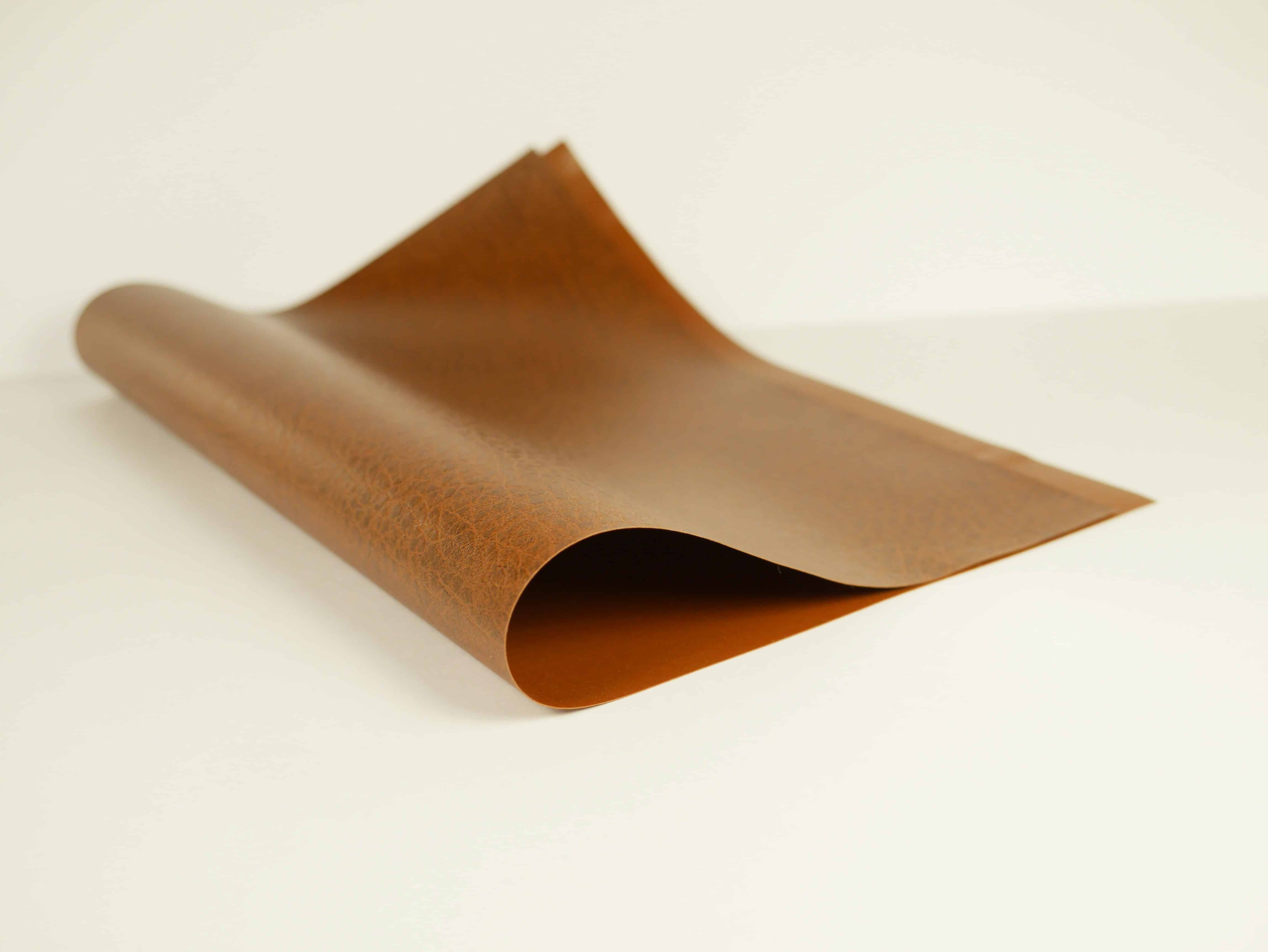Key Takeaways:
- The manufacturing process of plant-based leather varies, with a focus on either agricultural byproducts or dedicated crop cultivation.
- Diverse plant feedstocks, including bamboo, grapes, apple skin, cactus, and pineapple leaves, drive the emerging alternative leather market.
- Two main manufacturing methodologies are identified: bio-composite and textile-based, each with distinct advantages.
- Plant-based leather's sustainability and economic viability challenge the traditional leather industry, signaling a potential industry revolution.
- IDTechEx's market report, ‘Emerging Alternative Leathers 2024-2034,' extensively analyzes market trends, players, and the future outlook.
Overview of Plant-Based Leather
The alternative leather market is witnessing significant growth, powered by innovation in plant-based feedstocks. Companies are exploring various plant materials, such as bamboo, grapes, apple skin, cactus, and pineapple leaves, to create sustainable, high-quality leather alternatives. This shift is driven by the quest for more environmentally friendly materials that rival traditional leather's performance and aesthetic.
Agricultural Byproducts and Dedicated Cultivation
Using agricultural byproducts represents a commitment to the circular economy, using waste from existing industries to create valuable new products. However, this reliance introduces challenges to supply chain stability and material consistency. In contrast, dedicated crop cultivation offers a more controlled approach to raw material production, ensuring higher quality and consistency but requiring significant agricultural investment.
Manufacturing Methodologies
The manufacturing of plant-based leather can follow a bio-composite-based approach, blending plant and possibly animal fibers to form a uniform material, or a textile-based approach that adapts existing plastic leather production techniques to incorporate plant-based components. The latter leverages existing manufacturing technologies, potentially simplifying the scaling process and making it more cost-effective.
Market Implications and Future Outlook
As the alternative leather market expands, the diversity of feedstocks is expected to grow. However, the long-term success of plant-based leather will depend on its ability to offer scalability, durability, and cost-competitiveness. The industry stands at the brink of a potential revolution, with plant-based leathers poised to challenge the dominance of traditional leather materials.
IDTechEx's comprehensive report, ‘Emerging Alternative Leathers 2024-2034,' delves into the technologies, trends, and key players shaping this evolving landscape. With over 70 players analyzed and a decade-long market forecast, the report is essential for understanding sustainable leather alternatives' future.
For detailed insights and analysis, visit www.IDTechEx.com/AltLeather, where you can access sample pages and further information on the promising future of alternative leathers.
Photo by Evgenia Zakharova on Unsplash



1 Comment